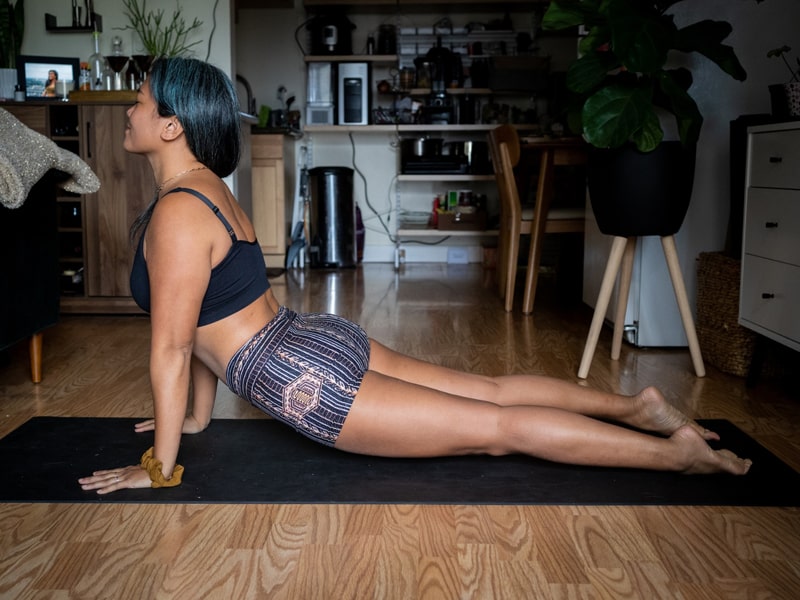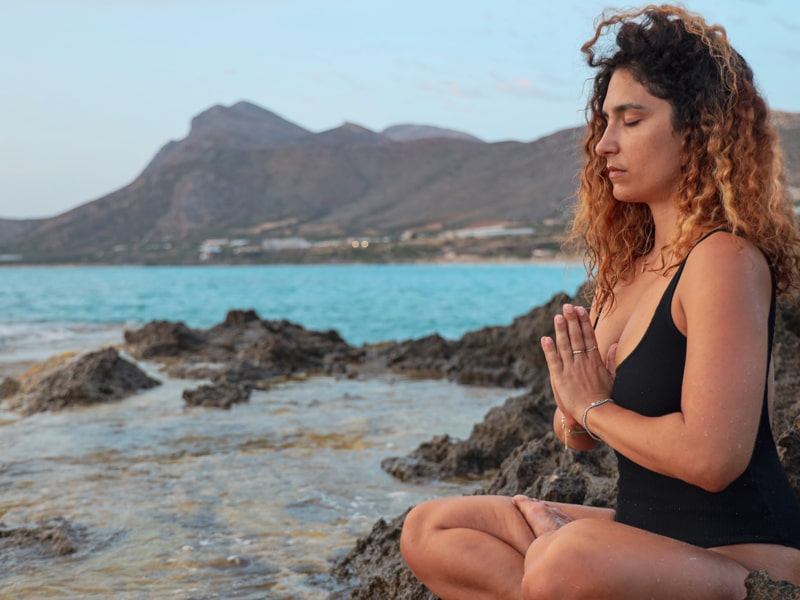What is Back Pain & how common back pain is
Back pain is a general term used to describe discomfort or pain in the back area. It can be caused by a variety of factors such as poor posture, muscle strain, injury, or underlying medical conditions. Back pain can be acute, lasting for a short period of time, or chronic, lasting for several weeks or months. According to the World Health Organization, back pain is the leading cause of disability worldwide, with an estimated 80% of people experiencing back pain at some point in their lives.
How Yoga Can Help with Back Pain
Yoga is a holistic practice that can benefit the mind, body, and spirit. In regards to physical health, yoga can be an effective tool to help alleviate back pain. By improving flexibility, strength, and posture, yoga can help to alleviate tension and pain in the back, as well as prevent future back pain.
Flexibility is one of the most important aspect of yoga practice. The stretching and holding of yoga poses helps to increase the range of motion in the joints and muscles of the body, including those of the back. A flexible spine is less likely to experience pain and discomfort, as it is able to move freely and without restriction.
Strength is another key component of yoga. Many yoga poses, such as Warrior II and Triangle, work the muscles of the back, helping to build strength and stability. Strong back muscles can better support the spine and help to alleviate pain and discomfort.
Posture is also an important aspect of yoga. By practicing yoga, you will become more aware of your body and how it moves. This increased awareness can help you to improve your posture, which can help to alleviate pain and tension in the back. Good posture also helps to prevent future back pain, as it puts less strain on the spine and surrounding muscles.
There are many yoga poses and sequences that can target the back muscles and alleviate pain. Some examples include :-
Cat-Cow :- This pose is a gentle way to warm up the spine and release tension in the back. To do this pose, start on your hands and knees with your wrists under your shoulders and your knees under your hips. As you inhale, drop your belly towards the ground and lift your head and tailbone towards the ceiling. As you exhale, round your spine towards the ceiling and tuck your chin to your chest. Repeat this movement several times.
Child’s Pose :- This pose is a gentle stretch for the back and can help to release tension in the spine. To do this pose, start on your hands and knees with your wrists under your shoulders and your knees under your hips. Sit back on your heels and reach your arms forward. Rest your forehead on the ground and breathe deeply.
Cobra Pose :- This pose strengthens the muscles of the back and can help to alleviate pain and discomfort. To do this pose, lie on your stomach with your hands under your shoulders. As you inhale, press into your hands and lift your head and chest off the ground. Keep your elbows close to your sides and engage your back muscles as you lift.
Downward-Facing Dog :- This pose is a great way to stretch the back and alleviate tension. To do this pose, start on your hands and knees with your wrists under your shoulders and your knees under your hips. Lift your hips up and back, coming into an inverted V-shape. Press your heels towards the ground and keep your head and neck relaxed.
It is important to remember that when practicing yoga, you should listen to your body and not push yourself beyond your limits. It is also helpful to work with a qualified yoga instructor who can provide modifications and adjustments for different poses. If you have any pre-existing injuries or health conditions, it is always a good idea to consult a doctor before starting a yoga practice.
Safety Considerations before Trying This
It is always a good idea to consult a doctor before starting any new exercise routine, especially if you have any pre-existing injuries or health conditions. Your doctor can advise you on any modifications or precautions you should take during your yoga practice.
When modifying poses to accommodate injuries or limitations, it is important to listen to your body and not push yourself beyond your limits. It is also helpful to work with a qualified yoga instructor who can provide modifications and adjustments for different poses. Some modifications that can be made include using props such as blocks or straps to assist in a pose, or using a chair or wall for support. It is also important to be mindful of proper alignment and form to prevent further injury.
Conclusion
In conclusion, yoga can be a safe and effective way to manage and prevent back pain. By incorporating yoga into a regular routine, individuals can experience significant relief from back pain and improve their overall quality of life.



